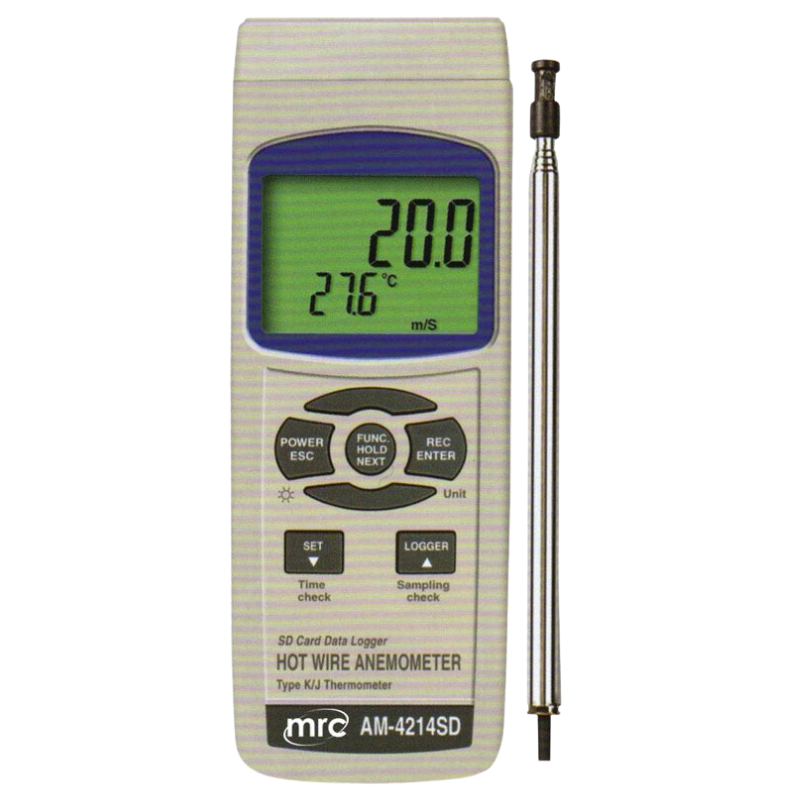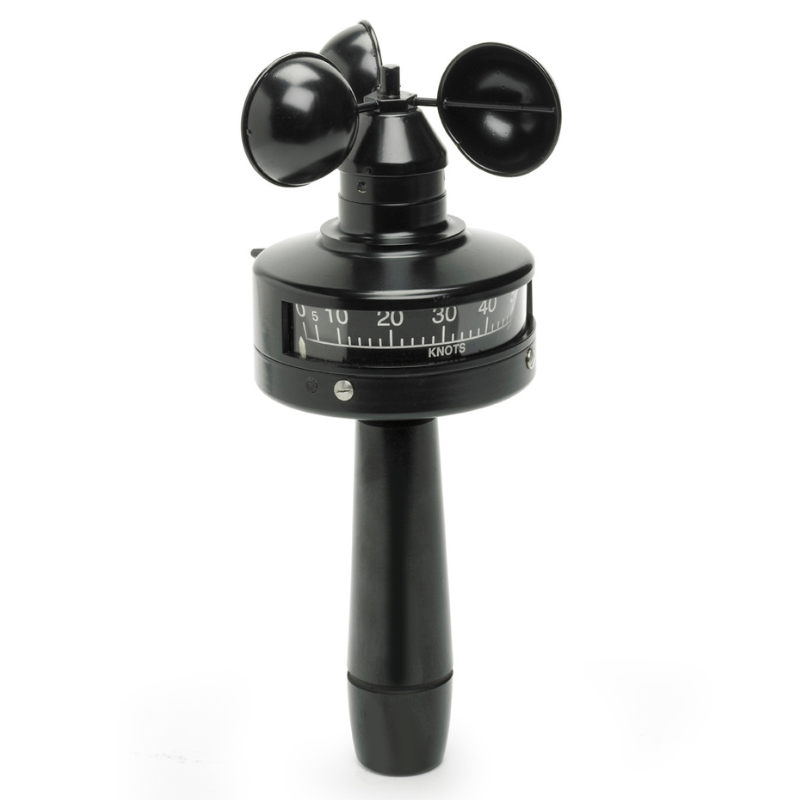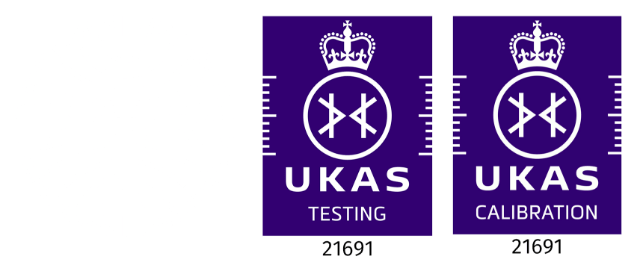Accurate wind measurement is critical for marine and offshore operations, where weather conditions can change rapidly. An anemometer is an instrument used to measure wind speed and, in some cases, wind direction. It is a vital tool for meteorologists, mariners, and offshore engineers who rely on precise wind data to make informed decisions.
Importance of Anemometers in Marine and Offshore Applications
- Ensuring safe navigation of ships
- Supporting offshore wind energy projects
- Enhancing weather forecasting capabilities
- Monitoring extreme weather conditions such as storms and hurricanes
- Optimizing the efficiency of offshore oil and gas operations
Types of Anemometers Used in Marine and Offshore
Cup Anemometers
These use rotating cups to measure wind speed. They are commonly used in marine applications due to their durability and simplicity.
Vane Anemometers
These devices measure both wind speed and direction using a propeller and a tail vane. They are ideal for shipboard use.
Hot-Wire Anemometers
These measure wind speed based on heat dissipation and are used in research and specialized applications.
Ultrasonic Anemometers
These advanced instruments use sound waves to measure wind speed and direction accurately, making them suitable for harsh offshore environments.
Laser Doppler Anemometers
Using laser technology, these provide highly precise wind speed measurements and are used in specialized offshore applications.
How Anemometers Work in Marine Environments
Anemometers placed on ships or offshore structures measure wind speed and direction in real time. The data is often integrated with weather monitoring systems to provide real-time alerts for changing conditions.
Specifications of Marine and Offshore Anemometers
Durability and Corrosion Resistance
Marine anemometers are designed to withstand harsh saltwater environments and extreme weather conditions.
Accuracy and Sensitivity
Precision in wind measurement is critical for safe navigation and operational efficiency.
Integration with Weather Stations
Anemometers are often part of comprehensive weather monitoring systems used on ships and offshore platforms.
Data Logging and Remote Monitoring
Advanced Devices offers wireless connectivity and cloud-based data storage for remote access.
Applications
Weather Forecasting
Accurate wind data helps meteorologists predict storms and ensure safe maritime travel.
Ship Navigation and Safety
Wind speed and direction measurements assist in steering and route planning for ships.
Offshore Wind Energy Farms
They are critical for assessing wind conditions to optimize turbine performance.
Oil Rigs and Offshore Drilling Platforms
Wind measurements help maintain stability and operational safety on offshore structures.
How to buy right?
- Environmental Conditions: Ensure the anemometer is built to withstand harsh marine environments.
- Power Supply and Connectivity: Consider solar-powered or battery-operated models for remote installations.
- Mounting and Installation: Choose an anemometer that is easy to install and maintain.
- Data Transmission Options: Wireless, satellite, or cloud-based data options may be required for remote operations.








